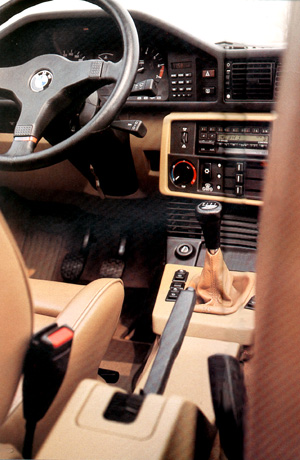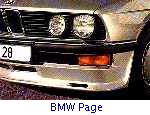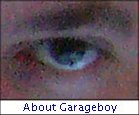 Using Directionals
Using Directionals


I want to eventually focus on highway driving, but it's necessary to build upon the basics. Using directionals (signals) is definitely part of the basics, whether you're driving on the highway or just around the block.
When you walk down the street, and you wish to walk around another person, you can say "Pardon me" and politely walk around them. But we don't have this luxury of such polite communication while we drive because we're inside our vehicles, anonymous to each other. That's why directionals were created. It is a simple means of communication that can mean the difference between life and death. It is a good way to eliminate ambiguity in our behavior. Drivers cannot read each other's minds, so using our directionals helps us predict our fellow drivers' behavior.
Even if another car is not using their directionals, we should try to consistently use them. The "do unto others as you wish they would do unto you" rule applies because all the other drivers must be aware of your movements, not just the cooperative ones. After awhile, like using seatbelts, you just use them without even realizing it. It becomes a subconcious habit. Use them! Some day, it might just save your life.
Note the actual law regarding lane changes on multi-lane roads (or highways): Signal before lane change. The law doesn't say that you should signal only while you change lanes, or after you change lanes, but before, preferably a few seconds before changing lanes. In dense traffic, this can be difficult, but it is necessary to provide other drivers with as much time as possible to be aware of what you're doing. Unless you're in a genuinely life-threatening situation, the rule is: if you don't have time to warn other drivers, you probably shouldn't be making that lane change at that moment.
Some bad news. It seems the American car manufacturers have ignored evidence that is over 20 years old that clearly proves that amber signal lights are significantly more visible than red signal lights. To save a few cents per car, they combine the brake light with the directional light. In their continued efforts to consider style in lieu of substance, there are many cars out there with RED rear directional signals, combined with red rear brake signals. These actually reduce safety because they increase ambiguity.
Worse yet, many of these same manufacturers require special tools to change the bulbs when they fail. Or they position the fixtures that hold these bulbs in very inaccessible locations in the car. I don't know any car that never burns out a bulb, so the job of replacement shouldn't require the services of a mechanic. As long as American car companies are allowed to get by with this type of arrogant engineering, the public will suffer. Next time you look to buy a car, check out how easy it is to replace bulbs.
If any of you Daytime-Running-Lights-loving GM, Ford, or Chrysler engineers are lurking out there, could one of you please explain why you after 20 years, you still insist on unsafe brake/directional light design?? Please send me e-mail.



 Garageboy's Home Page
Garageboy's Home Page 